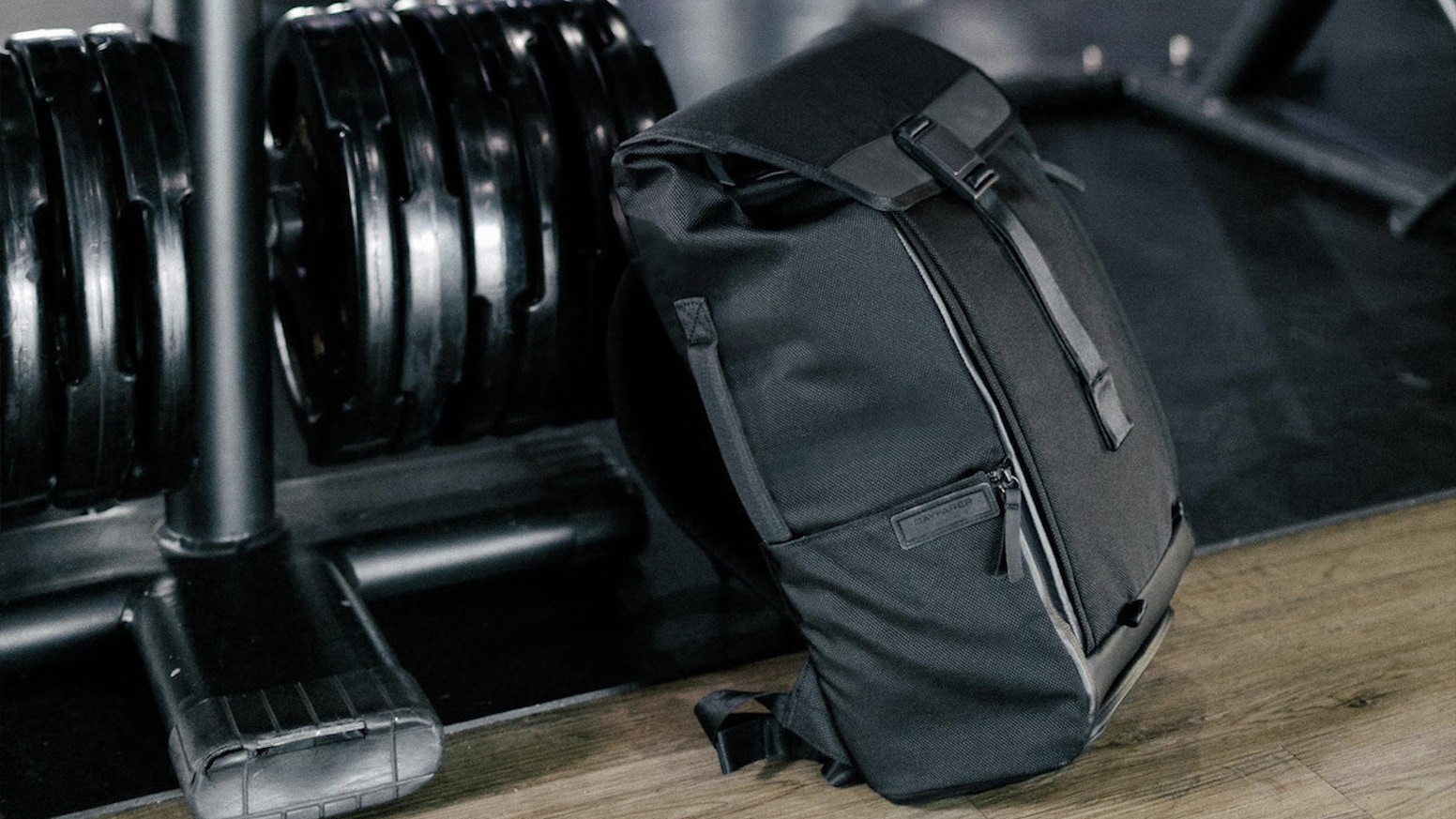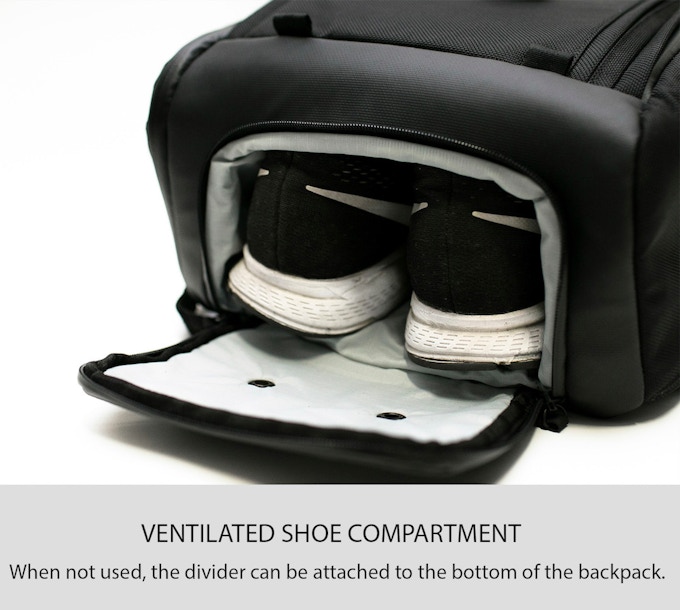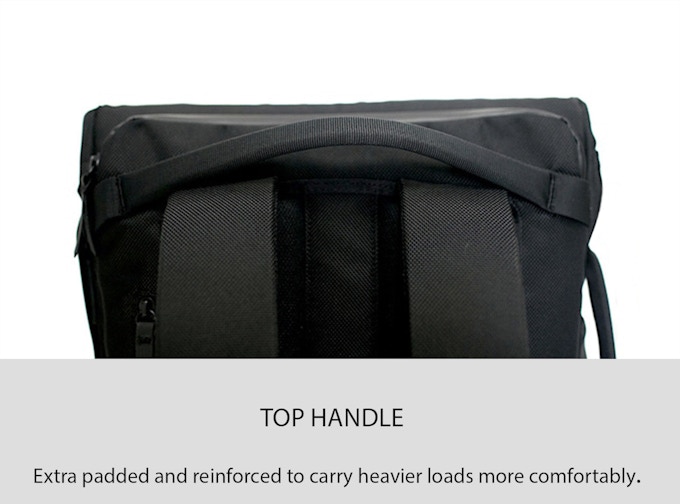I no longer have to bring as many things to work with me and I started to bike to work on some days instead of driving. Because of the former, I no longer needed needed the degree of organization that the eBags Professional Slim offered. Because of the latter, I needed to bring a change of clothes (including shoes sometimes). The Professional Slim is great with all of this organizational pockets and the especially its device garage, it didn't offer much room in its main cavity for bulky items such as clothes and shoes.
The Dayfarer offers minimal organization but a lot of convenience. Whether it is the magnetic clip that can be operated with a single hand, shoulder strap pocket, easy-access side pockets, front-and-back hidden pockets, top and side handles, and luggage handle pass-through, each feature of the backpack is meant to be easy to use and/or access. I really like backpacks with side handles because I find it easy to grab to put in-and-out of the car. The sides pockets can be access without having to take off the backpack and the front pocket can be access without opening up the backpack.
The separate laptop pocket can also be accessed without opening up the main compartment. Most of my most needed stuff are put into these pockets so I don't normally have to go into the main compartment.
When I do need access to the main compartment, the magnetic locking clip can be operated one-handed. The kinda-of roll-top style turns out to make the backpack very flexible and easily expandable when more space is needed but more compact when it does't need to. The backpack can also open flat to let you see and access the entire contents at once. Most of the time, I don't open it up flat and just access it through the top. I didn't find Dayfarer's info to really show this but reviewer Chase Reeves shows it on his video review.
There's not much organization on the inside besides two pockets so it is basically a large bag to put things in. When I do need to bring a bunch of small items, I use my Peak Design Tech Pouch and just put the entire pouch into the main cavity.
The bag has a ventilated shoe compartment with a waterproof separation from the make compartment so it can be used to carry shoes or whatever items (e.g. dirty clothes) you you don't want to get mixed
in with your other stuff.
in with your other stuff.
This bag offers a lot of flexibility in how and what it carries. I've mentioned how it's roll-top like design makes it very expandable but for those who need more space, the backpack has loops on the bottom so you can hook things like your tripod or yoga mat to it rather then put them into the bag.
The Dayfarer is not very heavy at 2.5lbs. The materials are high quality (waterproof balistic nylon, water resistent YKK zippers, etc.) and it is well constructed. This is not a fancy backpack but a well designed one. The pricing is reasonable although be aware that this is shipped from Germany and will take time. My order was shipped within a few days but once it reached DHL there was no updates for nearly 2 months before it arrived.
The only thing I wish it was better on is for the top handle to be connected to the main body rather then the back.
The reason being that if you forgot to zip up the laptop compartment then when you use the handle it is pulling from the compartment's back.
After a year of use, the backpack has held up well and doesn't show any wear-and-tear except for some scuff mark on the buckle. I really like this backpack and I've used both as a daily work bag but also when going out on the weekend when I think I might need to carry something.




